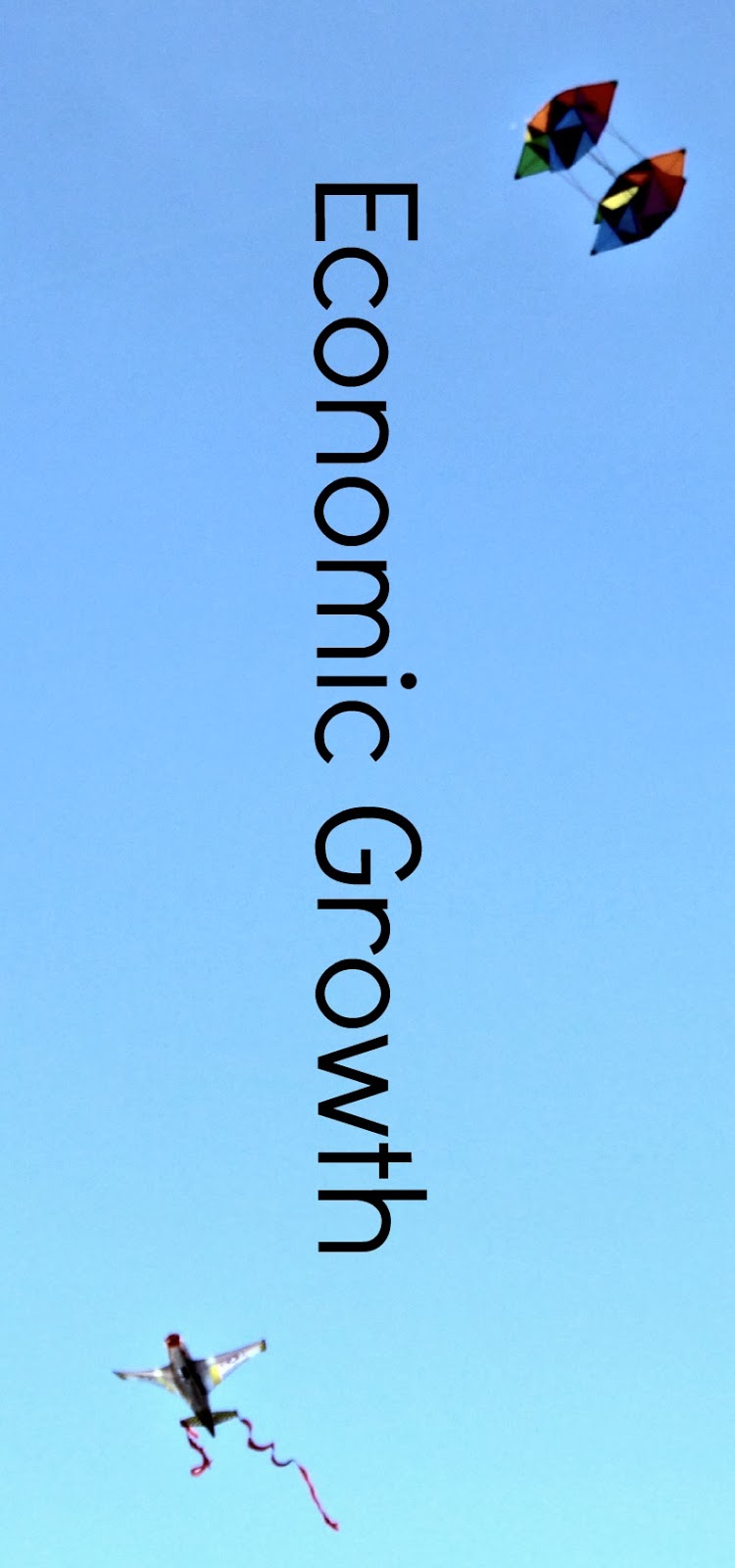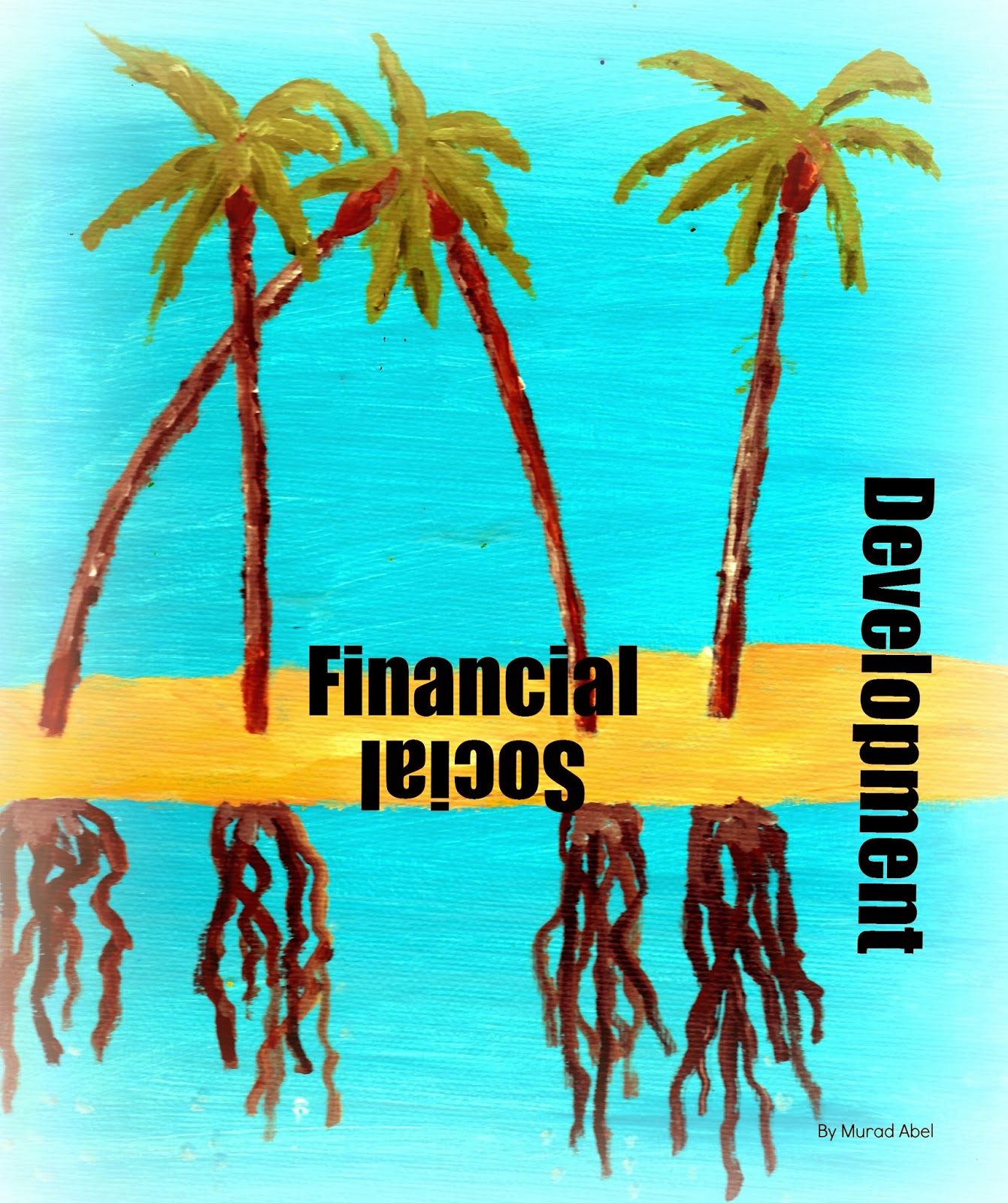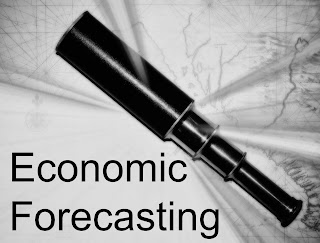Fitch Ratings released a report entitle Mapping a Subpar Economic Recovery: What Can
History Tell Us? that details the differences in historical economic
recovery and growth. They analyzed
various recoveries in countries like Germany, U.S., U.K, and Japan and found
similar trends that define these recoveries. Many of the eras of recovery saw the
wealth effect, lower inflation and interest rates, higher government spending,
new technology, changing consumer preferences, global competitiveness, trading
relationships and currency effects. Today’s recovery has some unique
differences that challenge basic economic assumptions.
Interest rates are at historic lows and have been
for some time. It is not believed that continued low interest rates will add
much more to the economy. The same can be said of the stimulus policy. Each of
these naturally has an influence on growth but can become increasingly
burdensome after their initial shock impact.
Exports often rise during a recovery and some small
signs of growth are spurting upwards but are not yet conclusive enough. There have
been some indications of growing health in the global economy but many
developed nations do not yet appear to be sucking in American products. The
trade deficit is still in the negative but has improved slightly indicating a
potential better market.
The stock market has outperformed expectations and
is doing better than during many other recoveries. They are at triple the level
of recession bottom and there is some indication that growth will continue.
Stocks are a sign of investment and wealth generation that help show that company
positions are growing.
Manufacturing within the U.S. is growing as more
companies return to home soil. The increase in productivity, technology, and energy
costs is helping to drive growth in this sector. The authors cannot state conclusively
whether or not growth will continue but do highlight that services seems to be
a bright spot and lower energy production costs seems to be making its way into
the economy from a macro perspective.
The report is inconclusive as the nature of economic
forecasting can be a little like looking into a crystal ball or throwing darts
onto a map to determine the best vacation spot. However, after reviewing the
report you can see that there is a slight upswing in each of the sections such
as share price, home values, manufacturing, and exports. The interest rate is
slightly rising and government spending appears to be moving downward while
unemployment is declining. The higher stock returns and improvement in home
based manufacturing are extremely important in supporting long-term investment
and growth. It is often the multiple markers of upward trends that hint to a
possible re-emergence of the American economy based upon its fundamental merits.



